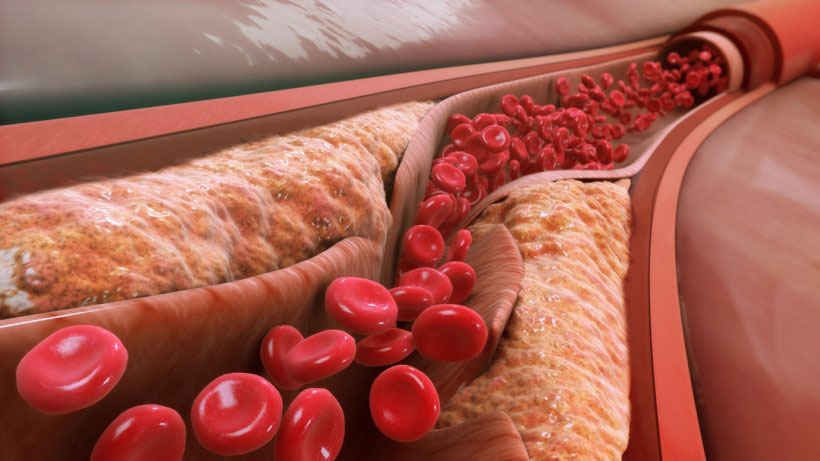Occupation
If you have skin changes, you may notice that they worsen while standing.
Sitting for long periods of time will increase venous pressure, and thus leg changes will be more apparent.
Teachers, nurses, flight attendants, hairstylists, sales clerks, etc., are very prone to developing vein problems.
An underlying venous problem likely is present when chronic skin changes are evident.
Other Medical History
The presence of skin changes, such as the changes depicted in photos above, suggests a severe form of venous problems.
Other concomitant diseases, including heart disease, kidney disease, venous obstruction, or other medical problems may be associated with lower extremity skin changes.
People often assume that weight is a risk factor in venous disease.
While many patients find that they feel better when they maintain a healthy weight, the actual influence of weight on the development of varicose veins is not clearly known.
A risk factor likely exists in patients who are grossly overweight.
Gait
how we walk is critical to movement of the blood. It is important to have the blood pumped through the veins by activating our calf muscles. This can be facilitated by fully flexing the ankle, known as dorsiflexion.
Blood clots
often familial but a very important risk factor for venous disease.


